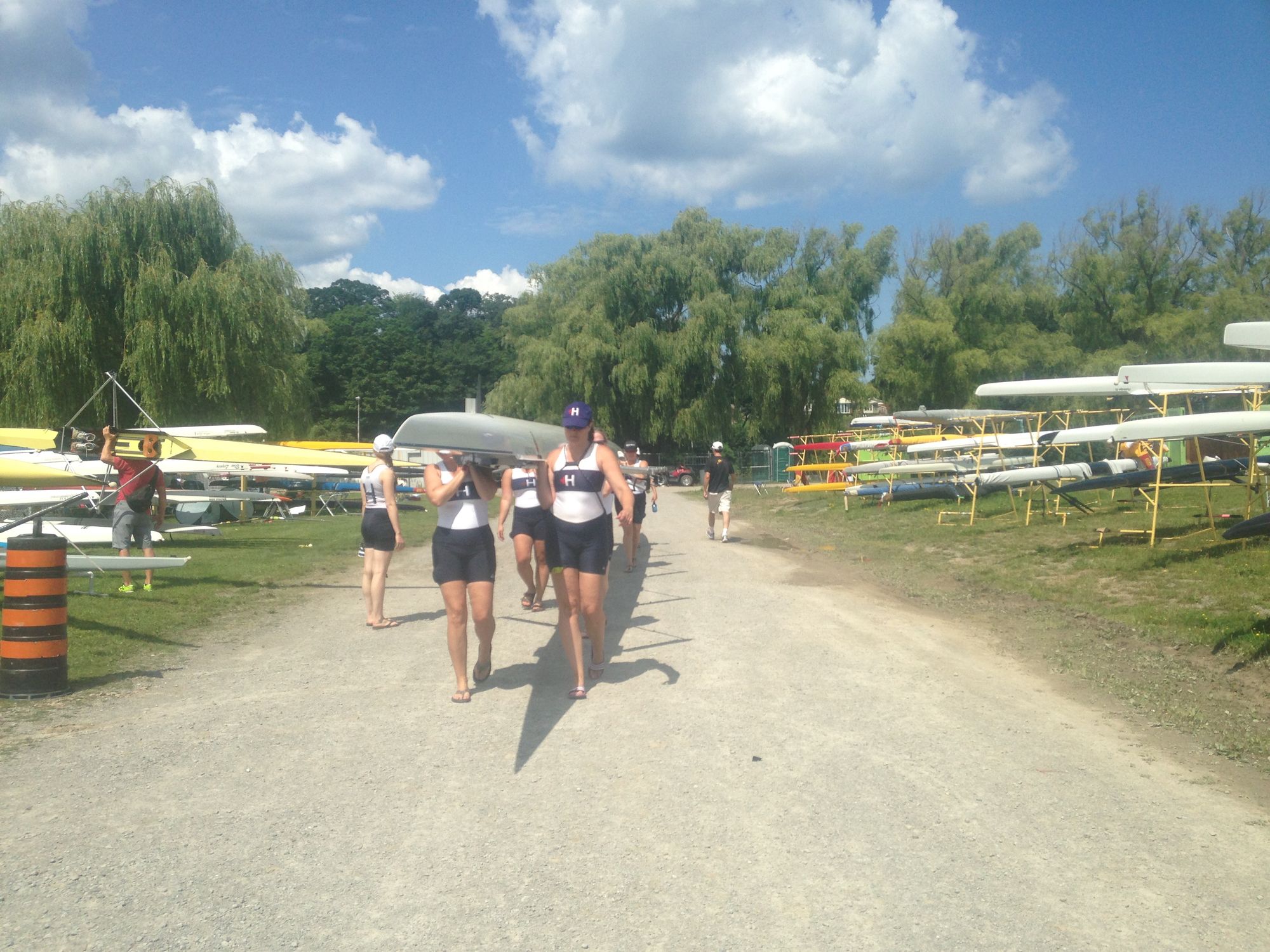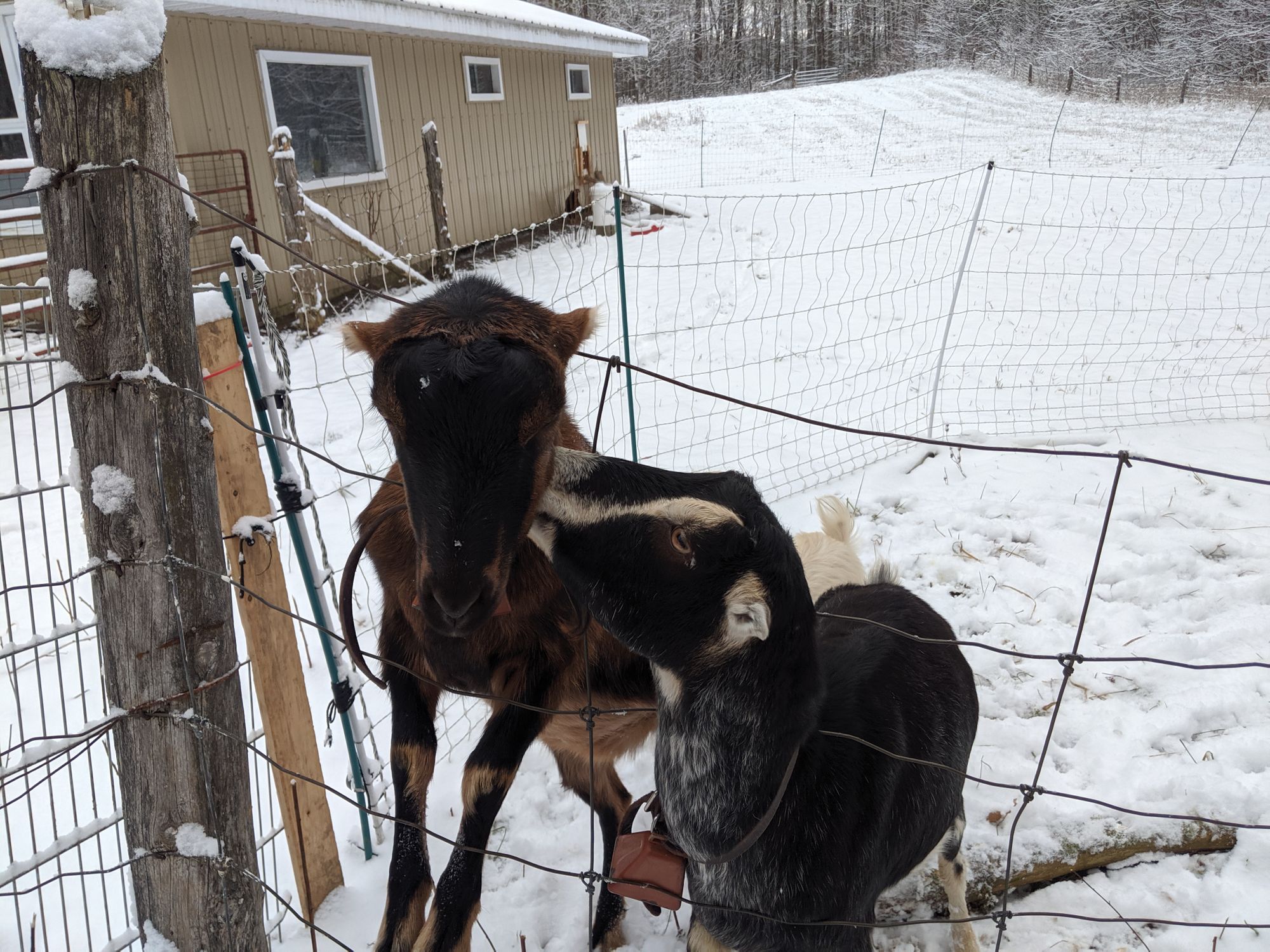Use it or lose it
We do a profound disservice to older adults when we discourage strenuous exercise. It doesn’t cause degeneration—it helps mitigate it! Exercise, it turns out, *is* medicine.

The under-explored potential of older athletes
On a rural property, the run up to winter involves heroic amounts of physical labour in an attempt to get done what can’t be done after the ground is frozen and everything is covered with a blanket of snow. And then, it just changes. You go from frantically pounding fence posts into the ground and stacking firewood to shovelling snow and putting away the electric netting fence that no longer works.

I think it’s fair to say that under these circumstances, I’m still very physically active. My body certainly hurts all over at the end of the day. Years of training hard made me familiar with constantly being sore. But this feels different. I’ll turn 50 in a couple weeks, but right now I feel more like a 100 at the end of some days.
Weirdly, the last time I felt like this was in my twenties when I was a mostly sedentary graduate student. I didn’t find rowing until I was 32, after a few years of dabbling in road racing and triathlon. I coxed races—as the little person yelling & steering a crew boat—but didn’t sit at the starting line with oars in my own hands until 43.

At 5’1”, no rowing coach looks at me and thinks, that girl should race. But I got lucky that year. I had an unconventional genius of a coach who decided to help me, and some inspiring teammates to train alongside.
For the five years after that first glorious season of Masters (21+) racing, rowing was the center of my life. Possessed with the zeal of an evangelist, I became a coach, determined to offer the kind of support to novice rowers that I felt I had missed out on when I started.

Then in 2017, the impact of coaching and competing full bore at the same time caught up with me, and I had to take a year off racing to recover. That ended up being a two year layoff when we moved to a rural community with no nearby rowing club.
It has taken time for me to figure out what my new relationship with rowing is going to be. But what I have learned in the interim is that it was a mistake to stop training hard.
Given the crazy amount of mileage I was putting in as Toronto bike commuter on top of my training volume on the water or erg, it was inevitable I would see some deconditioning as a result of moving to a locale where you need a car to get anywhere. But it feels like what has been absolutely *killing* me is the loss of the layer of muscle that was protecting my joints.
Muscles Matter!
— Howard Luks MD (@hjluks) November 13, 2019
Frailty is an awful process... it is a large COD in the elderly, even though most reported as cardiac, or natural causes.
Sarcopenia prevention should start in your 40s. There are also tremendous metabolic benefits to muscle mass. https://t.co/rIu7mRTpCq
A natural decline in muscle mass (sarcopenia) is an unfortunate reality of aging. Yet the overall message we get as we age is “slow down.” Indeed, Luks, the orthopedic surgeon quoted above, notes that the myth that osteoarthritis is a wear and tear issue remains strong among his colleagues. But we do a profound disservice to older adults when we discourage strenuous exercise. It doesn’t cause degeneration—it helps mitigate it!
Exercise, it turns out, *is* medicine.
There is now a growing field of study showing that nothing else has as significant an impact on our overall health as whether we keep moving. Inactivity is a bigger factor in our life expectancy and the quality of that life than obesity or smoking. The beneficial impact of physical activity on mental health, especially mood disorders, is also increasingly well documented.
One of the most active voices in spreading awareness of this critical role of physical activity is Jane Thorton. Thorton is both Olympian rower a Canadian sports medicine physician who has spearheaded the movement to raise the profile of exercise as a prescribable treatment among patients and practitioners alike.
Celebrating milestones for ⬆️ physical activity counselling in 🇨🇦:
— Dr. Jane Thornton (@JaneSThornton) July 18, 2018
- Int'l Consensus Statement https://t.co/7nUbw0KD4y
- #CMA Motion passed
- Nat'l #MedEd Strategy launched
- Patient handouts created https://t.co/dHi1CPVc3D
🔜@MyActivIngrednt site w/🆓resources
Thank YOU! pic.twitter.com/5e33cnZQy5
She has also been an important advocate of the idea of variance in what we understand as normal or good in an athlete. As the recent story of former elite runner Mary Cain demonstrates, traditional training paradigms don’t necessarily accomodate difference.
"A big part of this problem is that women and girls are being forced to meet athletic standards that are based on how men and boys develop. If you try to make a girl fit a boy’s development timeline, her body is at risk of breaking down" https://t.co/oDQ6pvSZAv
— Jeanette Herrle (@jeanetteherrle) November 7, 2019
Gender-driven variance in norms as a factor in how we understand athletic performance is one thing. But what about the impact of age?
Maybe we don’t quite know what older athletes are really capable of because not a lot of energy has gone into finding out. Recently, the New York Times put out a video short about a world class amateur runner that caught a fair amount of attention:
Meet Memo, the Marie Kondo of Fitness: In a cluttered world of boutique fitness studios and high-end gear, Guillermo Piñeda Morales reminds us that we don’t need much to be our best https://t.co/5QvHykIAX8 via @nytimes #exercise #running #marathon
— André Picard (@picardonhealth) November 1, 2019
Buried in this feel good piece about a humble, unlikely phenom whose simple ways and solid work ethic carries the day, was a detail that was actually subversive. At 46, Morales is reversing the typical trajectory of athletic achievement: he’s faster now than he ever was. Perhaps this is because he doesn’t have anyone telling him him that this is impossible.
What I learned:
